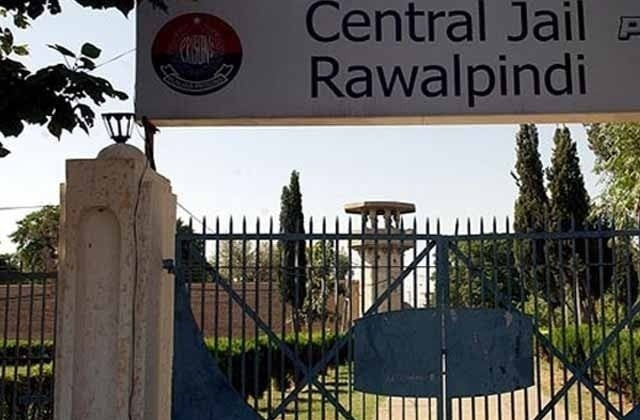
The administration of Rawalpindi’s Adiala Jail has apologised for not taking in people held under the anti-beggary law, saying that the prison was already overcrowded.
In a letter written by Adiala Jail Superintendent Asad Javed Warraich to the Islamabad chief commissioner, it has been stated that the capacity of the prison was 2,174 inmates, but presently there were already 7,000 accused incarcerated there.
He added that in the prison, there were often a large number of beggars, who were injured, disabled, addicted to drugs, etc. and because of the lack of space, the jail administration had to face a great deal of difficulties when the people rounded up under the anti-beggary law were transferred there.
Therefore, he suggested that the District Jail Islamabad should be completed as soon as possible and until its construction was under way, some other facility should be arranged for the people arrested under the anti-beggary law.
Read Bar on Imran's visits after 'threat' to Adiala
He continued that the people held the anti-beggary law should neither be sent to Adiala Jail in the future, nor would the prison administration take them in.
Being a beggar has evolved into a career in the country. For every 170 million people in Pakistan, 25 million are professional beggars.
Beggars have always been seen as a social sin and a curse on society.
Street beggars are a common sight across all the country’s towns and cities, outside mosques, events and any busy place.
Challenging economic conditions, high levels of unemployment and poor literacy rates have intensified this problem in the country.
The problem of overcrowding at Adiala Jail remains the same despite politicians of every hue having spent time at the Rawalpindi prison. A Senate panel that visited it June last year was informed that the prison, with a capacity of a little over 2,000 prisoners, had more than 6,000 inmates.




1730959638-0/trump-(19)1730959638-0-165x106.webp)
















COMMENTS (1)
Comments are moderated and generally will be posted if they are on-topic and not abusive.
For more information, please see our Comments FAQ